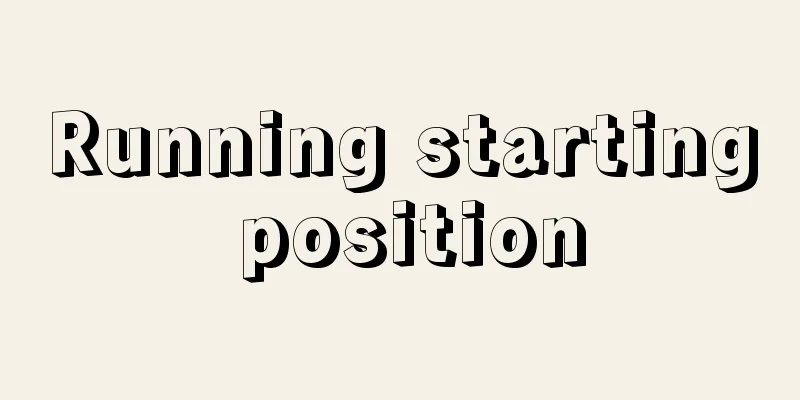Running starting position

|
Ordinary people don't have to pay much attention to running, but for some professional athletes, there are certain requirements for breathing frequency, starting posture, and running movements. The more common starting postures are crouching and standing. These two postures are suitable for different types of running. The crouching posture is used for short-distance running and it can give people an impulse, while the standing posture is more suitable for long-distance running. Here are some key points to note when starting. Calf and Achilles tendon. Key points of running movement - your feet should land about one foot in front of your body, close to the midline. The calf should not be crossed too far to avoid strain on the Achilles tendon due to excessive force. At the same time, pay attention to the cushioning of the calf muscles and Achilles tendon when landing. When landing, the calf should actively dig into the ground backwards to make the body move forward actively. In addition, the calf should be swung forward in the correct direction, and the foot should be facing forward as much as possible, not turned outward or backward, otherwise the knee and ankle joints may be easily injured. You can check your footprints for reference when running on the beach. Dynamic stretching - wall heel raises. Stand facing the wall about 1 meter away, extend your arms forward to shoulder width, and support the wall with your hands. Lift your heels and then lower them, feeling the tension in your calves and Achilles tendons. Arms and hands. Key points of running movements - arm swing should be a forward and backward movement with the shoulder as the axis, and the left and right movement range should not exceed the midline of the body. The fingers, wrists and arms should be relaxed, with the elbow angle at approximately 90 degrees. Dynamic stretching - raise your elbows and swing your arms. Place your arms one in front of the other in a ready-to-start position. Raise the elbow of your back arm as high as possible, then relax and swing forward. As the movement speeds up, lift higher and higher. Torso and hips. Key points of running movement - keep upright from the neck to the abdomen, instead of leaning forward (unless accelerating or going uphill) or leaning back. This is conducive to breathing, maintaining balance and stride. Don't let your torso rock side to side or move up and down too much. Actively push your hips forward when swinging your legs forward, and pay attention to rotating and relaxing your hips when running. Dynamic stretching - lunge and leg press. Stand with your legs shoulder-width apart, slowly press your body down until your muscles are tense, then relax. Keep your torso upright at all times. |
<<: Heart beats too fast while running
>>: Running leg stretch method
Recommend
What are the best ways to detoxify your body?
We all know that the human body absorbs nutrients...
What are the ways to prevent lung cancer? Several ways to prevent lung cancer in life
Lung cancer is a malignant tumor disease. With th...
How to remove blood stains
If you don't pay attention, you are likely to...
What is the reason for general fatigue?
Some friends will experience physical fatigue in ...
What can be added to milk powder to prevent getting a sore throat
Many babies will suffer from getting a sore throa...
What are the treatment principles for primary liver cancer? Five treatment principles for primary liver cancer
Life is spent with diseases big and small. Primar...
What are the best ways to get rid of mites?
Mites can cause great harm to people's lives ...
What are the ways to prevent gastric cancer? Pay attention to these three points
Gastric cancer is one of the tumors with a relati...
Dietary precautions for patients with advanced lung cancer
Dietary considerations for patients with advanced...
Facial sagging Li Xiaodong did a good job
As we age, the various functions of the human bod...
There are 7 ways to deal with horizontal lines on your neck
Although daily facial care has the effect of redu...
What to do if the skin is full of worms
Mites are microscopic pests that live on our skin...
Can prostate cancer be cured
Prostate cancer is a disease that is very harmful...
How to care after kidney cancer surgery
The treatment of kidney cancer is still mainly su...
Ruhe’s four suggestions for preventing prostate cancer are effective in preventing prostate cancer
There are many ways to prevent prostate cancer in...









